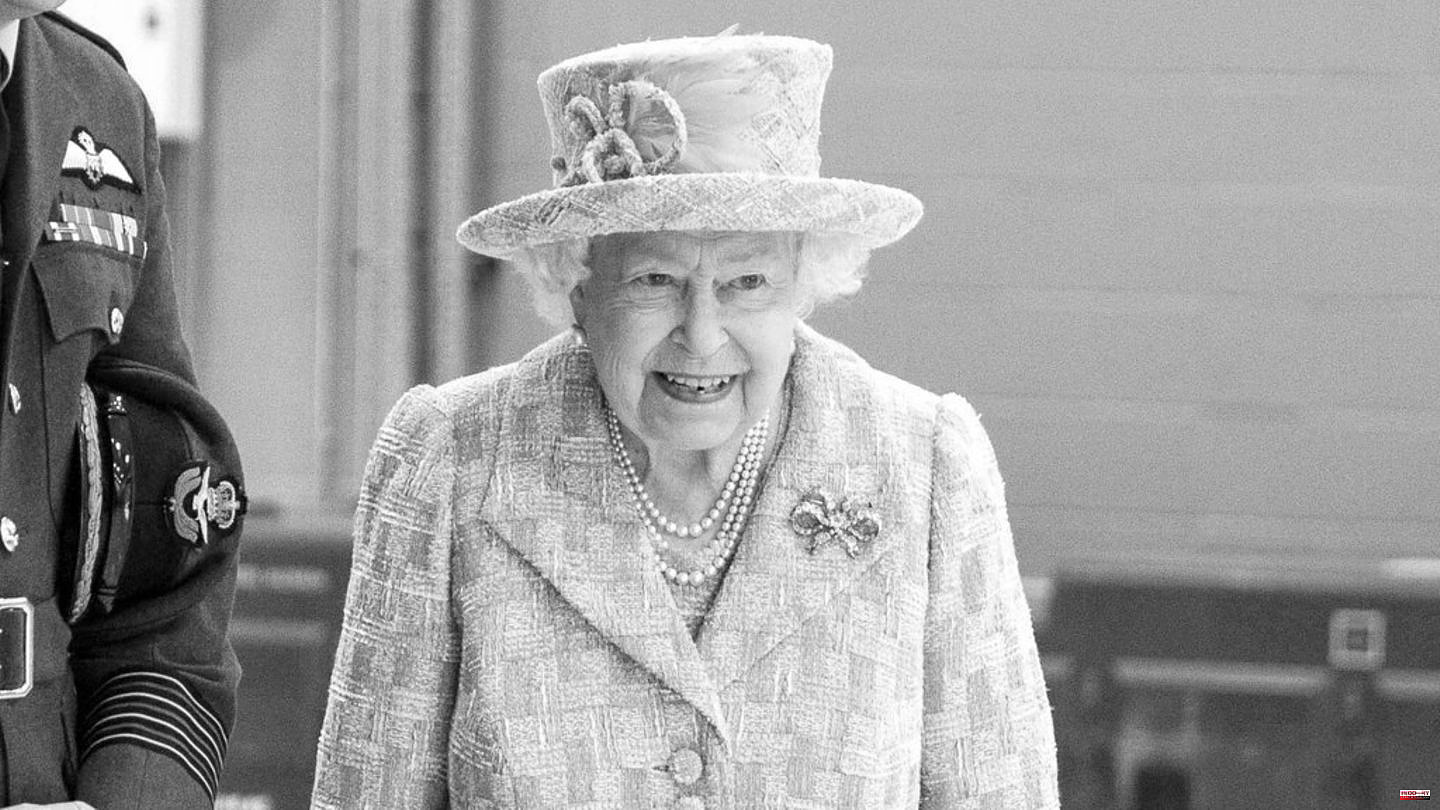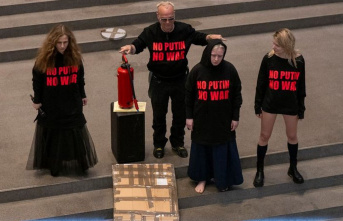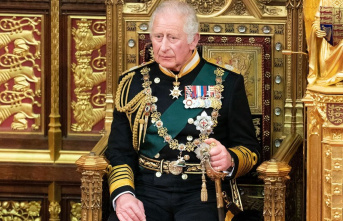Queen Elizabeth II has died at her Scottish estate, Balmoral, aged 96. This was announced by the palace on Thursday (September 8th). The procedures on the anniversary of the Queen's death and the days beyond were determined some time ago. As the newspaper "Politico" reported in 2021, official documents show that the day of Queen Elizabeth's death was known internally as "D-Day". Each additional day up to the tenth day was denoted by the respective number, for example "D 1". According to "Politico", this process should now take place.
On the day of the death itself, ministers were notified of the death by email. Not more than ten minutes after the death was announced, the flags were lowered to half-mast on Whitehall in the government district of London. The death was announced on the Royal Family's website in a statement on a black background. The Prime Minister has issued a statement saying that Charles (73) will live as King Charles III. will follow the Queen.
According to the plan, the royal family will then publish the plans for the state funeral, which is expected to take place ten days after the death. A national minute of silence is to be announced. The king is to have an audience with the prime minister and the king is to address the nation. It is unclear whether this is still happening due to the time of death.
On the first day after the Queen's death, a council of senior government officials will meet at 10am to proclaim the king as the new monarch. Charles III is confirmed as king by a public statement. Parliament meets to deliver a statement of condolences, all other parliamentary work will rest for ten days. The Prime Minister and Cabinet will then meet with the King.
On the second day, the Queen's coffin is brought to Buckingham Palace according to the schedule. As the Queen died at Balmoral, her body is to be taken to London by Royal Train or flown back to London.
On the third day, King Charles III. receive the condolences at Westminster Hall. In the afternoon he will start his tour of the UK, starting with a visit to the Scottish Parliament and a service at St Giles Cathedral in Edinburgh.
On day four, the king will stop in Northern Ireland, where he is due to receive another offer of condolence at Hillsborough Castle and attend a service at St Anne's Cathedral in Belfast.
On the fifth day, the procession of coffins from Buckingham Palace to the Houses of Parliament, the Palace of Westminster, takes place in London. Upon arrival, a service will be held in Westminster Hall.
From the sixth to the ninth day, the Queen's coffin will be laid out in Westminster Hall and will be open to the public 23 hours a day. While the funeral is being prepared, King Charles will also travel to Wales on "D-Day 7" to receive another condolence message from the Welsh Parliament and attend a service at Cardiff's Liandaff Cathedral.
On the tenth day, the state funeral takes place in Westminster Abbey. At noon there will be a two-minute silence nationwide. There will be a funeral service in St George's Chapel at Windsor Castle and the Queen will be buried in the castle's King George VI Memorial Chapel.
Details of this plan have been leaked repeatedly in the past. It has already been reported that the Prime Minister will receive a call from the royal family after the death, which will only contain the four words "London Bridge is down". Hence the name "Operation London Bridge".












